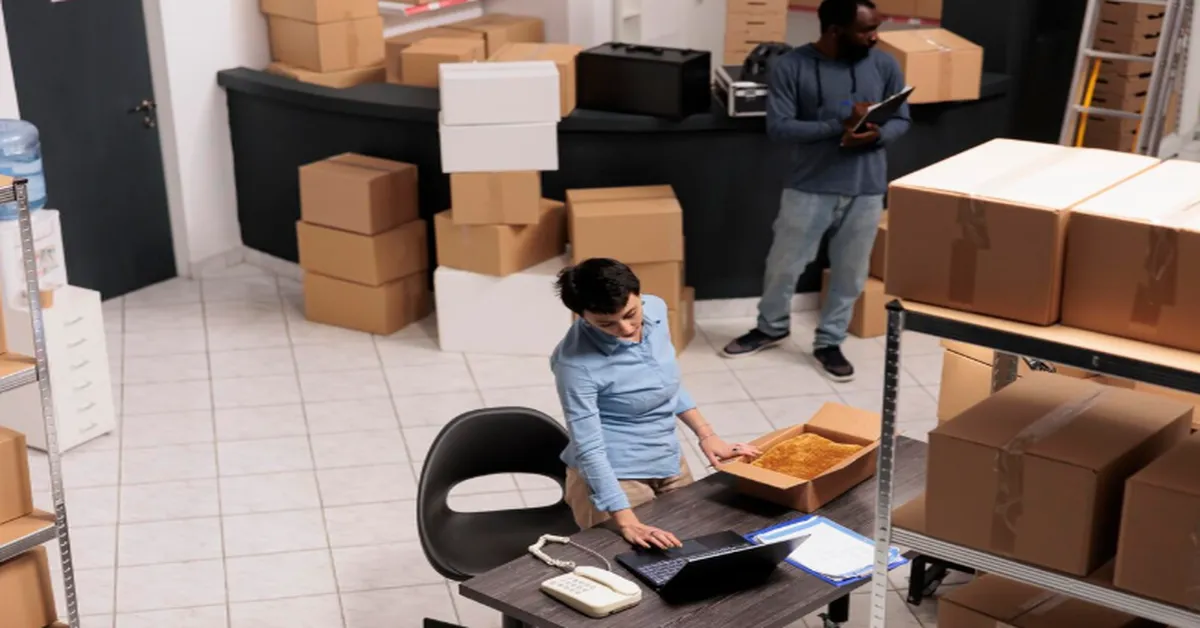Are you drowning in clutter? Running out of space in your home or office? Self storage might be the solution you’ve been searching for. With millions of Americans utilizing storage units, this flexible and convenient option has become an essential service for managing belongings, downsizing, and creating more livable spaces.
Whether you’re moving, renovating, or simply need extra room for seasonal items, self storage facilities offer secure, accessible spaces to store your possessions. This comprehensive guide will walk you through everything you need to know about self storage, from choosing the right unit size to maximizing your storage experience.
What Is Self Storage?
Self storage refers to a rental service where individuals and businesses can rent storage units to store their belongings. These facilities consist of individual storage spaces, ranging from small lockers to large warehouse-style units, that customers can access independently.
The concept emerged in the 1960s and has since evolved into a multi-billion dollar industry. Self storage in San Marcos Texas offer various unit sizes, security features, and convenience options to meet diverse storage needs.
Types of Self Storage Units
Storage facilities typically offer several unit types to accommodate different requirements:
- Traditional Drive-Up Units: Ground-level units that allow direct vehicle access, making loading and unloading easier for heavy items.
- Climate-Controlled Units: Temperature and humidity-regulated spaces perfect for sensitive items like electronics, artwork, documents, and antiques.
- Indoor Units: Located inside buildings with hallway access, these units offer additional protection from weather elements.
- Outdoor Units: More affordable options that provide basic storage without climate control features.
Choosing the Right Self Storage Size
Selecting the appropriate unit size is crucial for both cost-effectiveness and practicality. Here’s a breakdown of common sizes and their typical uses:
Small Units (5×5 to 5×10 feet)
These compact spaces work well for storing seasonal decorations, sports equipment, small furniture pieces, or business inventory. A 5×5 unit can hold the contents of a walk-in closet, while a 5×10 unit accommodates a small bedroom’s worth of items.
Medium Units (10×10 to 10×15 feet)
Medium-sized units are ideal for storing furniture from a one-bedroom apartment, appliances, or business supplies. These spaces can accommodate bedroom sets, dining tables, and multiple boxes of household items.
Large Units (10×20 to 10×30 feet)
Large units can hold the contents of a two to three-bedroom home, including major appliances, furniture, and numerous boxes. These spaces are perfect for families during relocations or major home renovations.
Extra-Large Units (20×20 feet and larger)
These warehouse-style units can store entire house contents, vehicles, boats, or substantial business inventory. They’re ideal for long-term storage during extended relocations or business transitions.
Key Features to Consider
When evaluating self storage facilities, several features can significantly impact your storage experience.
Security Measures
Look for facilities with comprehensive security systems, including surveillance cameras, gated access, individual unit alarms, and on-site management. Some facilities also offer security patrols and keypad entry systems for added protection.
Climate Control Benefits
Climate-controlled units maintain consistent temperature and humidity levels, preventing damage from extreme weather conditions. This feature is essential for storing wooden furniture, electronics, photographs, important documents, and musical instruments.
Accessibility Options
Consider facilities that offer 24/7 access if you need frequent access to your belongings. Some facilities provide extended hours or appointment-based access for added convenience.
Ground Floor vs. Upper Level Units
Ground floor units eliminate the need to navigate stairs or elevators, making them ideal for heavy items or frequent access. However, upper-level units often cost less and may offer better security.
Self Storage Cost Factors
Understanding pricing structures helps you budget effectively for your storage needs.
Size and Location Impact
Unit size directly affects monthly rental costs, with larger units commanding higher prices. Location also plays a significant role, with urban facilities typically charging more than suburban or rural locations.
Additional Fees to Consider
Many facilities charge administrative fees, security deposits, or insurance requirements. Some locations offer move-in specials, first-month discounts, or long-term rental incentives.
Seasonal Price Variations
Storage demand fluctuates throughout the year, with peak moving seasons (spring and summer) often featuring higher rates. Planning your storage needs during off-peak periods can result in cost savings.
Maximizing Your Storage Experience
Proper organization and strategic planning can help you make the most of your self storage investment.
Efficient Packing Strategies
Use uniform box sizes for easy stacking, label all containers clearly, and create an inventory list. Pack heavy items in smaller boxes and fill empty spaces with soft items like clothing or linens.
Creating Accessible Layouts
Leave walkways through your unit and place frequently needed items near the front. Use shelving units to maximize vertical space and keep similar items grouped together.
Inventory Management
Maintain a detailed list of stored items, including their location within the unit. Take photos of valuable items and keep important documents in a separate, easily accessible container.
Preparing Items for Storage
Proper preparation prevents damage and ensures your belongings remain in excellent condition.
Cleaning and Maintenance
Clean all items thoroughly before storage to prevent pest attraction and odor development. Drain fluids from equipment and machinery, and ensure everything is completely dry.
Protective Measures
Use furniture covers, moisture absorbers, and protective wrapping for delicate items. Disassemble furniture when possible to save space and prevent damage during transport.
Special Considerations
Electronics should be stored in climate-controlled units with original packaging when possible. Wrap furniture legs, use mattress covers, and avoid storing perishable items or hazardous materials.
Making the Most of Your Storage Investment
Self storage offers tremendous flexibility for managing your belongings, whether you’re downsizing, relocating, or simply creating more space. By choosing the right unit size, prioritizing essential features, and implementing smart organization strategies, you can create an efficient storage solution that meets your specific needs.
Research multiple facilities in your area, compare prices and features, and visit potential locations before making a decision. With proper planning and the right storage partner, you can enjoy peace of mind knowing your belongings are safe, secure, and accessible whenever you need them.

